What is a Menstrual Cup?
Have you ever wondered about menstrual cups - an intriguing alternative to traditional pads and tampons? Here are your answers!
You may have seen the news about Tampons containing lead, arsenic, cadmium and other heavy metals and searching for a safe alternative. Menstrual Cups are the solution!
How Does a Menstrual Cup Work?
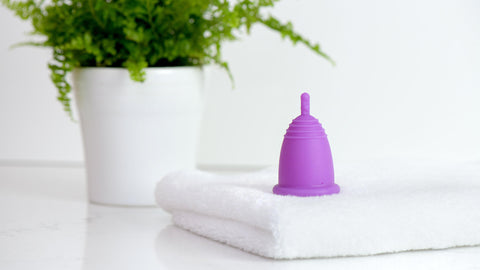
Menstrual cups are a safe and effective alternative to other menstrual products like tampons. Crafted from flexible materials like silicone, latex, or thermoplastic elastomer (TPE), menstrual cups catch the menstrual fluid instead of absorbing it, as with pads or tampons.
When folded and inserted, they spring open and form a seal against the vaginal walls, creating a dependable reservoir for blood.
These cups can be a faithful ally during menstruation, offering up to 12 hours of protection. Once full, the user can empty the cup, rinse it with water or cleanser, and reinsert it, making it highly convenient and eco-friendly. With proper maintenance, each cup can last several years, setting a new standard for wallet-friendly menstrual care.
Critical aspects of menstrual cups:
- Constructed from silicone, latex, or thermoplastic elastomer (TPE) for flexibility.
- Seal against vaginal walls to collect menstrual flow without leaks.
- It can be worn for up to 12 hours before needing a rinse and reinsertion. If the cup reaches capacity sooner, more frequent emptying may be necessary.
- A reusable option that lasts years, saving money and reducing waste.
What are some advantages of using a menstrual cup?
One of my favorite things about menstrual cups is that you never run out! Your menstrual cup is right there when you need it, so there's no need to rush to the store for more.
Of course, this results in less waste, making menstrual cups much more eco-friendly than disposable options.
Speaking of waste... buying less disposable products and reusing one product repeatedly saves you money.
Menstrual cups are a more convenient, eco-friendly, and economical alternative to disposable menstrual products.
The perks of menstrual cups are:
- Eco-friendly alternative: Their reusability curtails the need for constant disposal, slashing the creation of menstrual waste.
- Cost-effectiveness: A one-time purchase can mean years without the recurring cost of disposable products.
- Extended wear: Up to 12-hour protection equals less hassle and fewer bathroom breaks.
- Health advantages: Menstrual cups do not interfere with the body's natural processes, potentially reducing the risk of conditions like Toxic Shock Syndrome (TSS).
- Comfort and anti-leak: Cups excel in comfort and dependably prevent leakage when positioned right.
- Safety: FDA-cleared brands like MeLuna do not contain lead, cadmium, arsenic, and other heavy metals common in tampons
What is the Environmental Impact of using Menstrul Products?
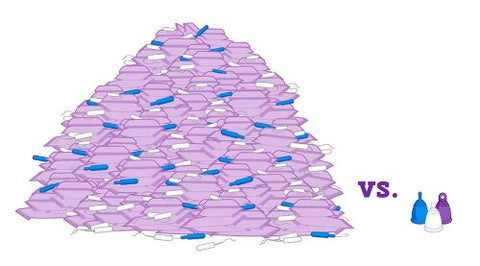
Menstrual cups deliver a resounding positive environmental impact. They address the concern of menstrual waste, with a single cup offering years of service, starkly contrasting the throwaway culture of pads and tampons.
Consider the ripple effects of choosing menstrual cups:
- A significant decrease in landfill waste from disposable menstrual products.
- Conservation of resources and energy stemming from reduced demand for production and packaging.
- A lowered carbon footprint, charting a path for a healthier planet.
- Active participation in the circular economy, advocating for durability over disposability.
Menstrual cups are, without a doubt, a step towards a more conscientious and sustainable menstruation method, embodying the push towards greener lifestyle choices.
Are menstrual cups in any way regulated?
Different countries will have other regulations on this. In the US, menstrual cups are regulated by FDA rules. They are considered a Class II medical device right in the middle regarding risk. For example, cloth pads are a Class I device, and a pacemaker for the heart would be a Class III.
Menstrual cups are worn internally and come into contact with mucous membranes, but they are not permanently implanted, hence the Class II designation.
Because menstrual cups are worn internally and contact delicate tissue, choosing ones that are FDA-cleared and registered is essential to reduce the risk of harm.
Where is the menstrual cup worn?
Menstrual cups are worn inside your vagina, below your cervix. If you are familiar with tampons, menstrual cups should feel pretty familiar.
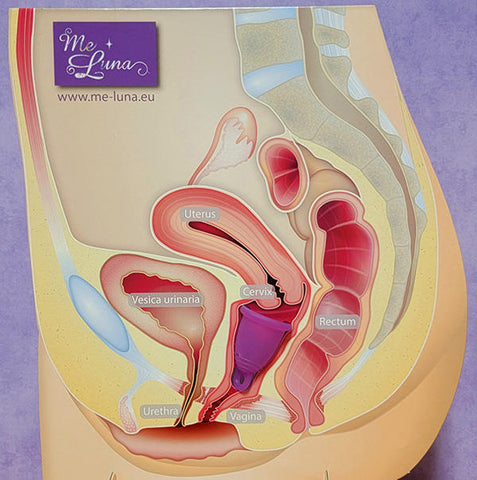
How do you use a menstrual cup?
To use a menstrual cup, you can use several different folding techniques. This makes the cups smaller and more comfortable during insertion. Once inside your body, the cup will open and settle into place.
Since it is located right beneath the cervix, where the menstrual fluid is expelled, the cup now collects it. You must empty and clean the cup at least every 8-12 hours. This ensures no bacterial growth or odor occurs, and you should do this even if your cup does not fill completely.
People with a very strong flow and a large fluid volume may need to empty the cup more frequently.
If you are curious about inserting and removing a menstrual cup, you can find more info here: Inserting Your Menstrual Cup or Removing Your Menstrual Cup.
Can a Menstrual Cup Be Worn Overnight, and for How Many Hours?
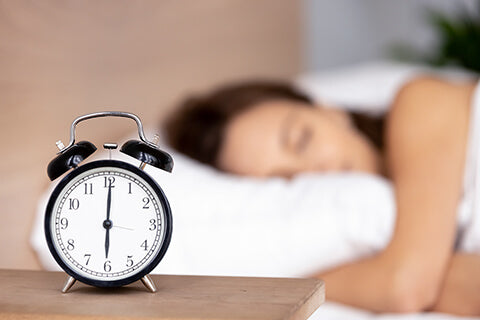
The good news is that menstrual cups are designed for overnight use. They ensure a restful night's sleep and eliminate the nightly ritual of changing pads or tampons. However, it is crucial to manage personal capacity—if you have a heavier flow, you may need to adjust accordingly.
For a sound sleep, consider these points:
- Empty and wash the cup before bed and after waking to uphold hygiene and avoid potential overflows.
- For heavy flows, gauge the necessity of a nighttime change to prevent leaks.
How do you take care of a menstrual cup?
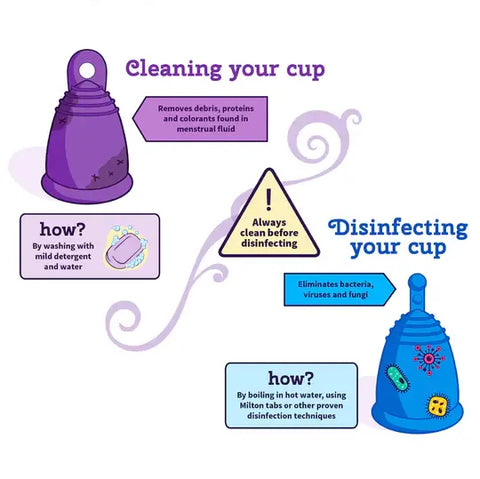
Since the menstrual cup is reusable, it will be essential to clean it properly to make it safe for reusing. Ideally, you rinse and clean the cup every time you empty it with cold water and a mild detergent. Of course, this may not always be possible while you are out and about, and it's okay to use travel accessories like disposable wipes.
Once each cycle, you should disinfect the menstrual cup.
There are different ways to accomplish this, and you can read more about cleaning and disinfecting menstrual cups here: Cleaning and Disinfecting Your Menstrual Cup.
Can A Menstrual Cup Have Side Effects?
While menstrual cups hold many advantages, it's essential to be mindful of potential side effects. First-time users may confront a learning curve. Discomfort can occur if the cup is not appropriately inserted or sized. While generally safe, materials like silicone, latex, or rubber can sometimes cause allergic reactions or sensitivities in specific individuals. Please note that MeLuna is one of the few menstrual cups not made from these materials; it is made from Thermoplastic Elastomer (TPE). TPE menstrual cups can be worn even by people with a silicone or latex allergy, as they are entirely free of silicone and latex!
A few side effects to be aware of are:
- Occasional discomfort from improper insertion. We are here to help if you need us. Please chat with us live or check out the How to Insert a Menstrual Cup page
- Chances of allergic reactions, depending on material composition. Latex and silicone have a higher incidence of allergies.
- Possible leakages from incorrect sizing or sealing technique. If you have a MeLuna cup and have concerns about sizing, please submit the Troubleshooting Questionnaire on the MeLuna USA Guarantee Page. If you own another brand and want more sizing options, please submit the Switching Brands questionnaire on the Switching from Other Brands to MeLuna page.
- Although rare, a risk of TSS exists, underscoring the need for strict cleanliness. A recent study in France found that Staph bacteria, the bacteria linked to TSS, adheres more readily to silicone menstrual cups than TPE menstrual cups, giving TPE cups a slight advantage regarding safety.
- The adaptation period can prompt missteps in finding the right folding and insertion methods. We're here for you via live chat with human (no bots!) menstrual cup experts Monday through Friday, 9 a.m. to 5 p.m., and via email anytime!
Despite these considerations, with informed selection and diligent practice, most users overcome these hurdles and reap the full benefits of menstrual cups.
Who can wear a menstrual cup?
Generally speaking, if you have a vagina and a menstrual period, you likely can wear a menstrual cup!
At MeLuna, we offer more sizes and heights than other cup brands, so there are MeLuna cups for everybody.
Teenagers can wear menstrual cups. People who have not had intercourse can wear menstrual cups. People who have had intercourse but do not have children can wear menstrual cups. People who have given birth can wear menstrual cups. MeLuna USA offers an award-winning low-cervix cup called 'Shorty' that is very popular with people who have given birth and experience a lower-than-average cervix after childbirth.
Who should not wear a menstrual cup?
People who have suffered from TSS (Toxic Shock Syndrome) in the past should not wear ANY internal devices as they may be more prone to staph infections in the future.
This includes ALL internal menstrual products regardless of material or manufacturer:
- Menstrual Cups
- Menstrual Discs
- Diaphragms
- Tampons
How to find your menstrual cup size?
Choosing the correct menstrual cup size is the most crucial aspect of purchasing a new cup. A correctly sized menstrual cup will have a diameter that's wide enough to create a good seal but not so large that wearing the menstrual cup would be uncomfortable. You can find straight forward cup sizing guidelines on the page Menstrual Cup Size Charts or get a more personalized recommendation by competing the Menstrual Cup Quiz.
Take the Menstrual Cup Quiz!
What if the menstrual cup you choose doesn't fit?
Menstrual cups are considered medical devices and, of course, are not returnable or re-sellable once worn. You should not share your cup or reuse somebody else's cup.
If the cup you chose isn't quite perfect, there are some things you can do to make the existing cup fit better. For example, if the handle is too long, you can shorten it by simply cutting it off with scissors.
For other issues, it might be necessary to troubleshoot and find a better-fitting match for you.
If you are considering switching from one brand to another, check out this page for side-by-side photo comparisons and to access the questionnaire to get recommendations for changing brands: Switching Menstrual Cup Brands.
If you currently have a MeLuna, feel free to fill out and submit the troubleshooting questionnaire to get recommendations here.
MeLuna USA Menstrual Cups are unique in 2 ways:
1) MeLuna USA has more models, sizes, and options than any other menstrual cup brand, so it's possible to find a well-fitting cup for any body.
2) MeLuna USA also offers a unique discount program that guarantees 50% off a second cup if the first cup is not a perfect fit. The program includes troubleshooting to ensure your second MeLuna will be perfect for you.
You can learn more about it here: The MeLuna USA Guarantee
How do Menstrual Cups differ from Menstrual Discs?
One significant advantage of menstrual cups is that almost anyone can wear them. In contrast, wearing a menstrual disc requires specific anatomical features.
A menstrual disc is positioned below the cervix and rests on the pubic bone. If the pubic bone does not protrude sufficiently, the menstrual disc may not stay secure, leading to unwanted leakage.
Menstrual Cups
Advantages:
Menstrual cups, such as MeLuna, are available in various shapes and sizes to accommodate various body types. They do not require any special anatomical features to create a seal.
Disadvantages:
Menstrual cups are not safe to wear during sex.
Menstrual Discs
Advantages:
Menstrual discs can be safely worn during sex, similar to a diaphragm.
**Disadvantages:**
They require a specific anatomical structure to remain secure. Users may only know if they can comfortably use a disc once they try one. Additionally, "auto-dumping" can occur, leading to unexpected leakage.
What is the History of the Menstrual Cup ?
Menstrual cups are often credited to Leona Chalmers, an American actress with a flair for invention who patented her design in 1937.
Interestingly, a company in Connecticut called Dainty Maid had produced and patented their version of a menstrual cup, the Daintette, even earlier (1932/1935).
As glamorous as an American actress origin is, we are giving the 'First Menstrual Cup' award to the Daintette. ;)
Originally made of rubber, the early menstrual cup faced hurdles in acceptance.
World War II also caused a scarcity of materials like rubber, stalling production and causing a setback in the menstrual cup's path to prominence. It wasn't until the mid-20th century that we saw a redesigned version of the menstrual cup. But it would take several more decades, even a redesign in the 1980s, before the cup saw significant traction. The pulse of change accelerated at the dawn of the 21st century, fueled by growing environmental consciousness and the development of safe, body-friendly materials like medical-grade silicone.
The evolution of menstrual cups from its conception to the present-day status:
- 1932: Invention and patent of the first menstrual cup by Dainty Maid Company
- 1937: Invention and patent of a menstrual cup by Leona Chalmers
- 1940s: Production was impeded by material shortages due to war.
- 1950s & 1980s: Attempts at reintroduction met with lukewarm success.
- Late 20th and early 21st centuries: Surging popularity thanks to eco-awareness and material advancements.
Menstrual Cups have been popular for quite some time now. For example, MeLuna USA received FDA clearance in 2014 in the US and has existed in Europe since 2009.
Still have Menstrual Cup Questions?
We look forward to answering any other menstrual cup questions via live chat Monday through Friday between 9 am and 5 pm or via email anytime! Please email us here.
Ready to Try a Menstrual Cup?
The menstrual cup is more than a menstrual care option—it's a statement of conscious choice and responsible living. Whether seeking to minimize environmental impact, prioritize personal wellness, or explore innovative products, the menstrual cup stands ready to redefine your period experience.
Find your size and model using the Menstrual Cup Quiz, then use coupon code TRYACUP for 10% off during checkout!
Related Posts:





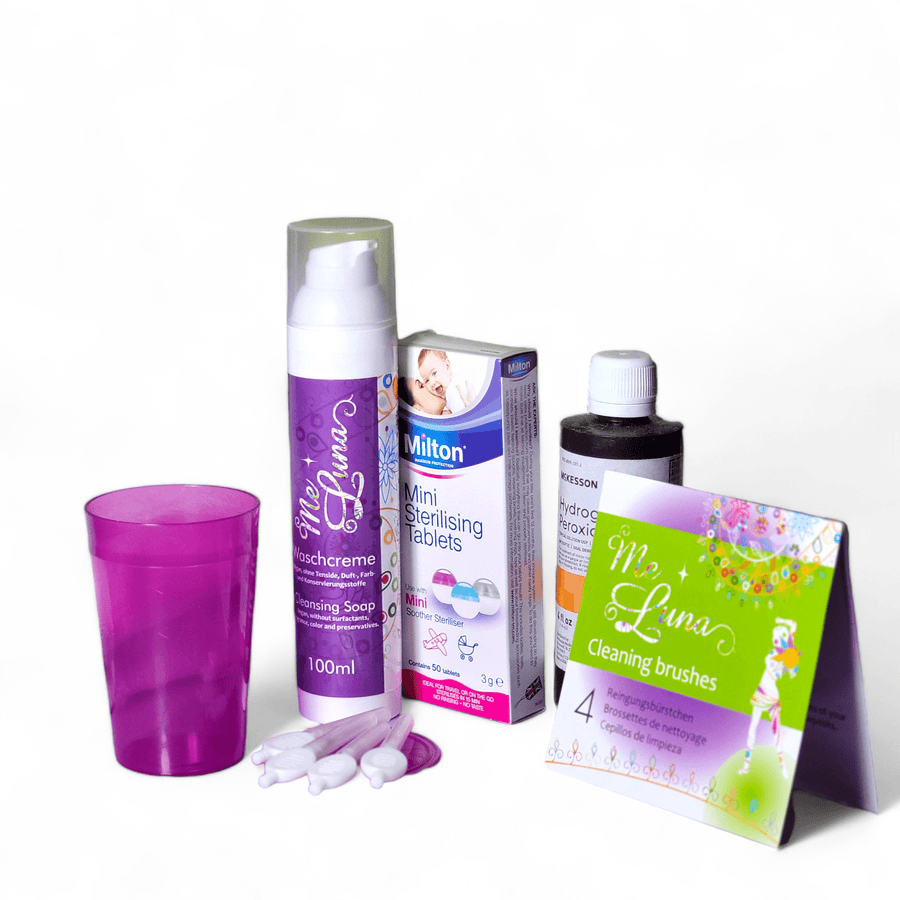



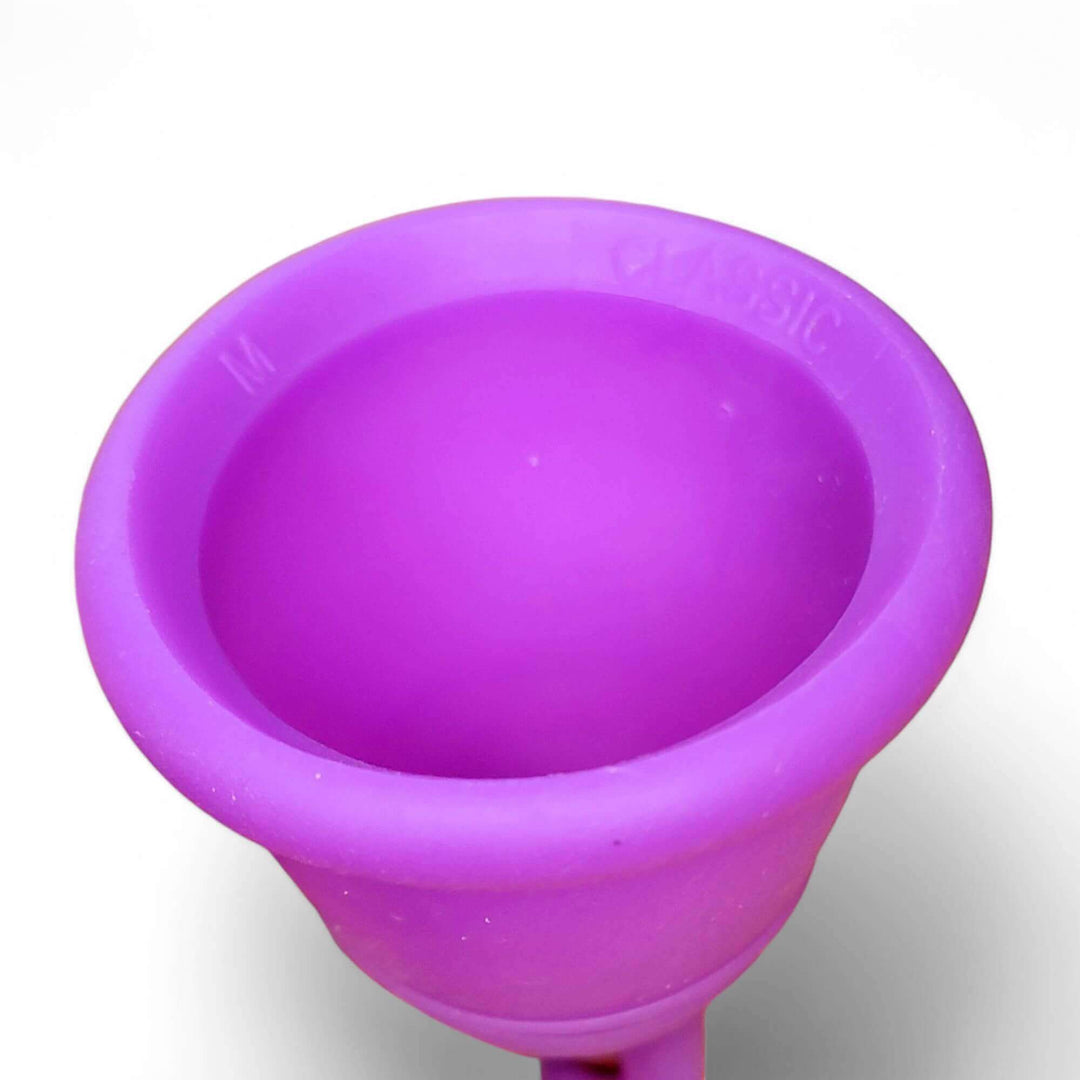

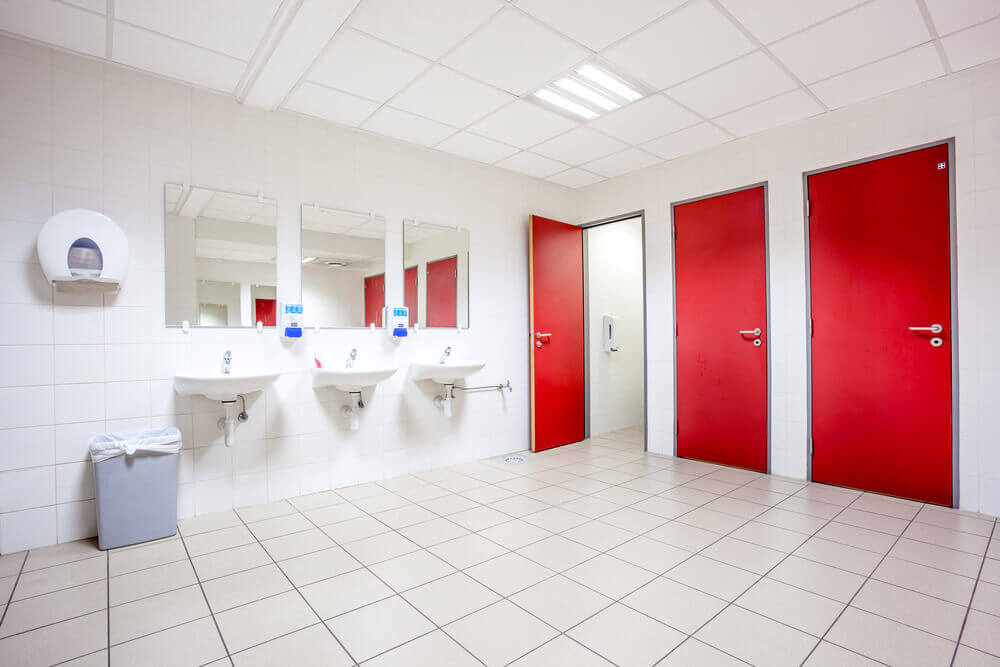

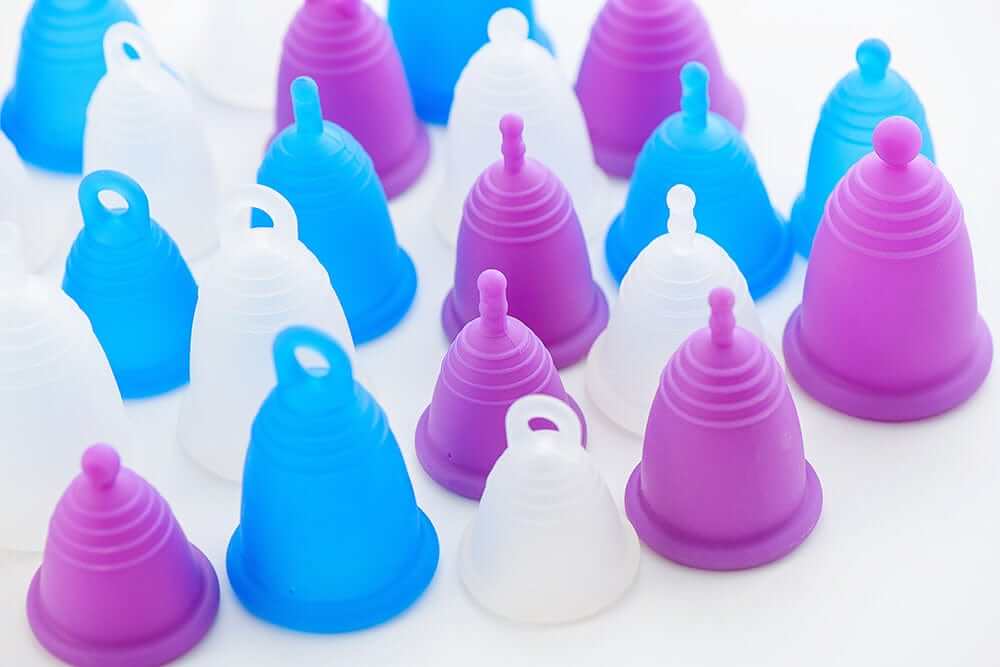
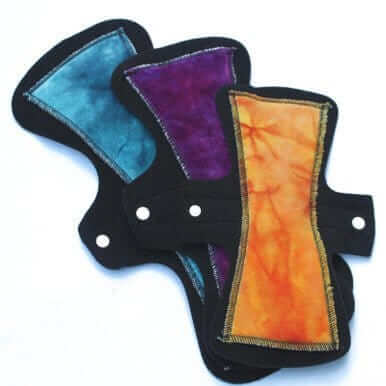
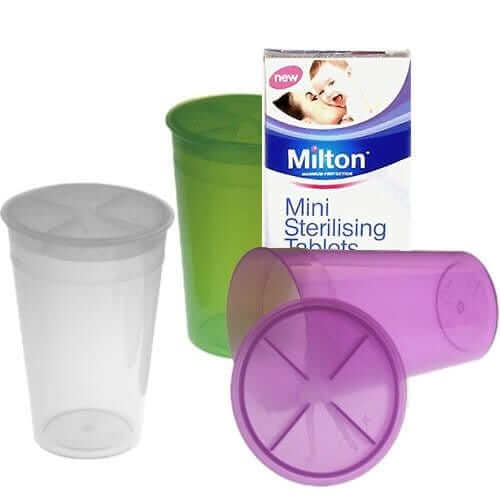





Hello! I need to know more about menstrual cups. I am going on vacation and the day I leave my cycle is suppose to start.
Leave a comment